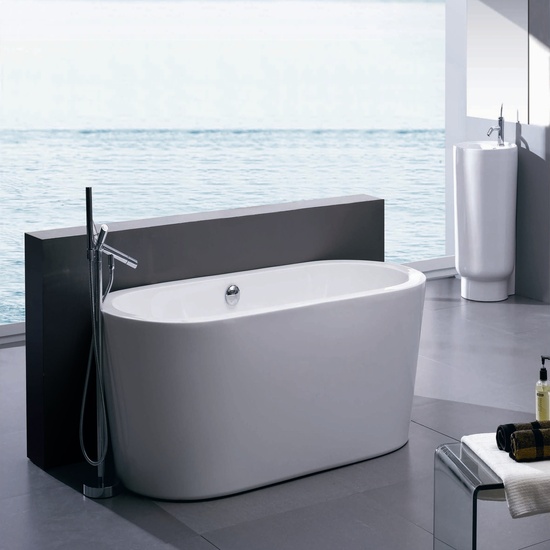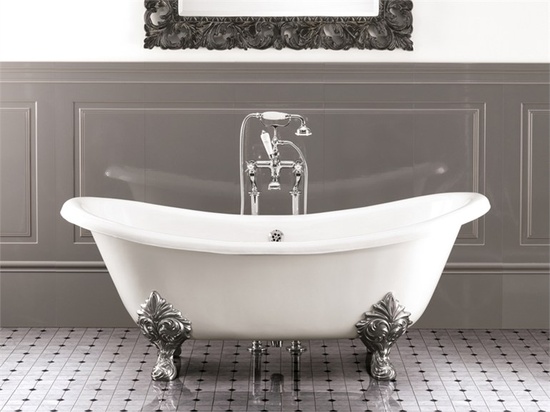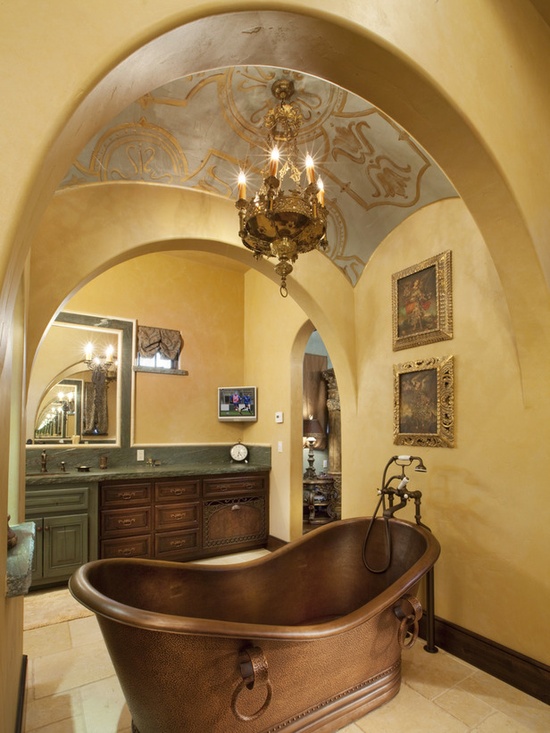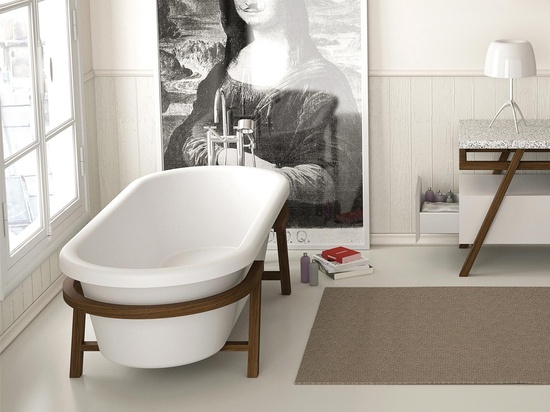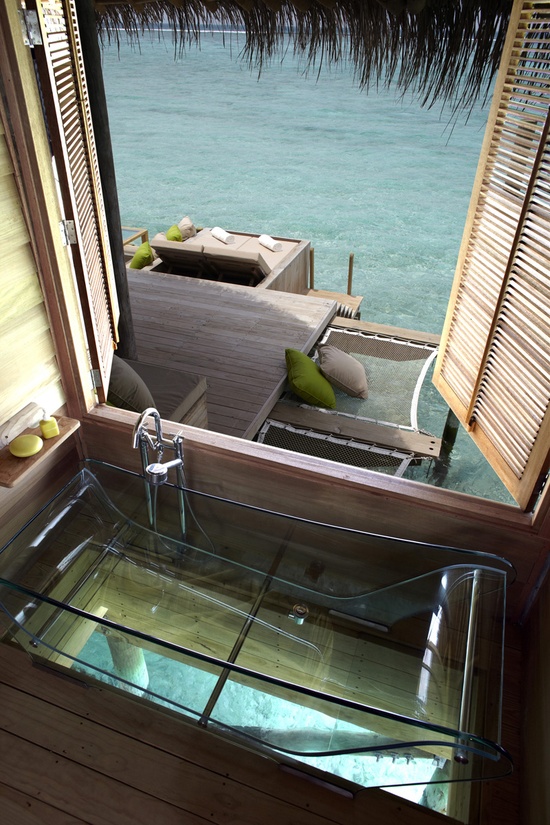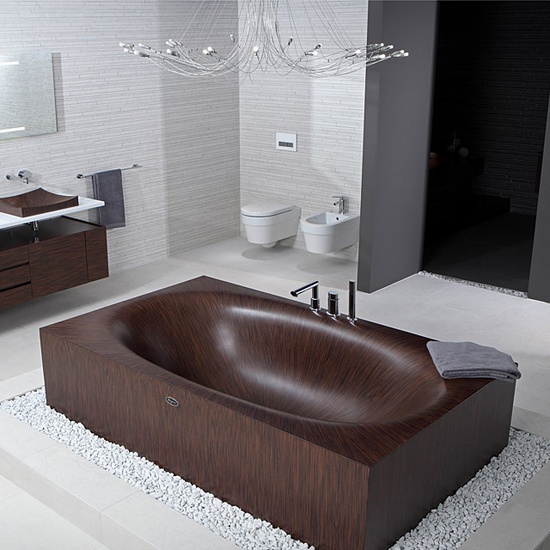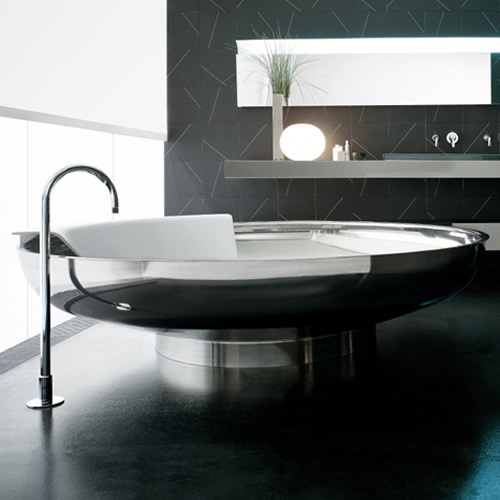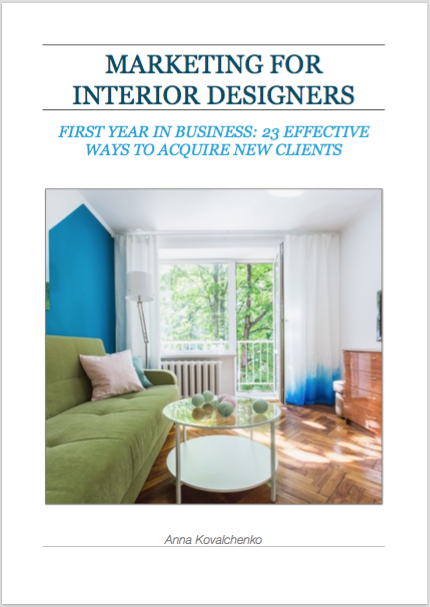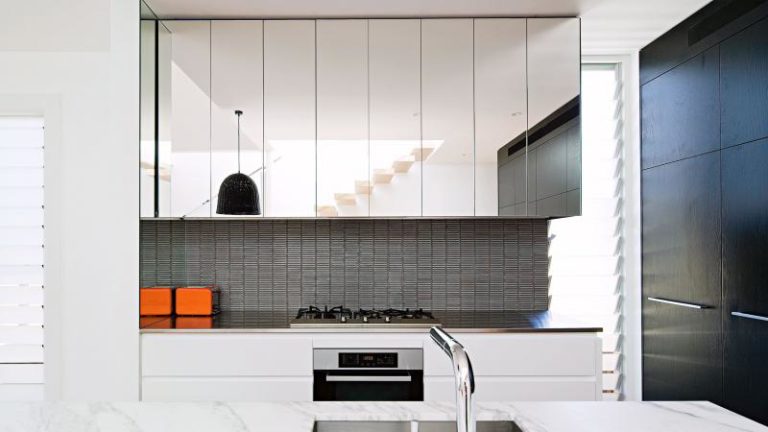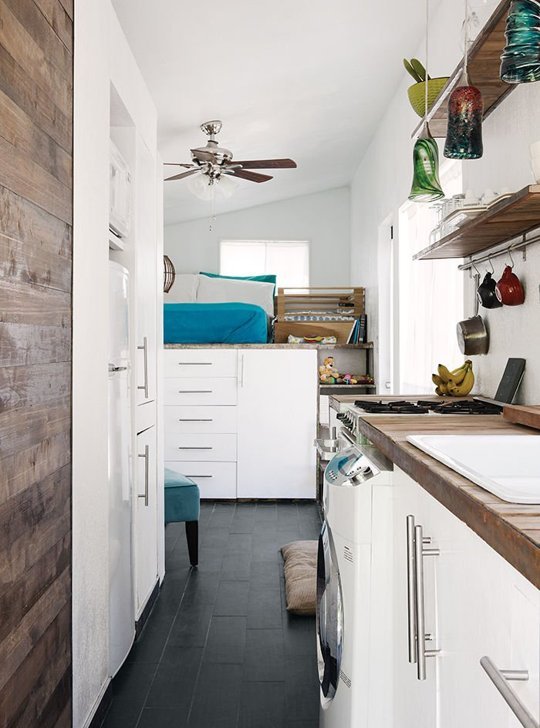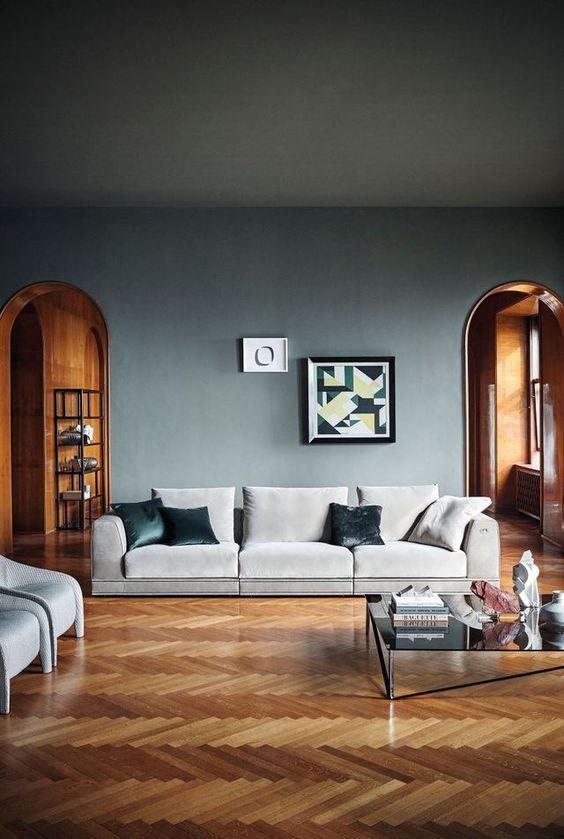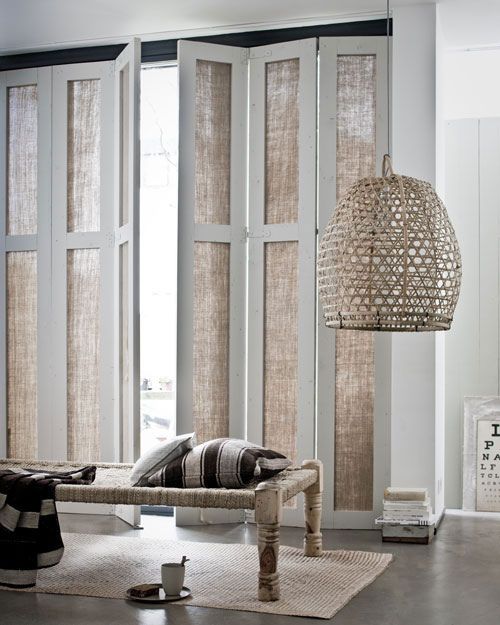Selecting The Bath: Pros And Cons Of Different Materials
Recently, we talked about considerations you need to take when planning a bathroom. Once you finalize the layout, it is time to choose furniture, materials and finishes. One of the big dilemmas home owners frequently have is which bathtub to choose, and particularly, which material it should be constructed of. No wonder, as there are so many options available today on the market! In this post I will describe the advantages and disadvantages of different materials used for bathtubs. Hopefully after reading this article it will be easier for you to make the right choice.
ACRYLIC
This is perhaps the most popular and commonly used materials today.
Pros – has a smooth non-porous surface resistant to stains and easy to clean. It is warm to touch and has very good heat-retaining properties so the water will stay warm for a long time. Acrylic baths are lightweight yet strong and come in huge variety of shapes and sizes. Another advantage of this bath is easy restoration: if you accidentally drop something heavy in it, you just need to fill the crack with acrylic and then sand this area. Acrylic is resistant to ultraviolet which allows to use it for outdoor spas.
Cons – acrylic is a relatively soft material and can be scratched. It is not very durable though it can be reinforced with fiberglass (which will make it more expensive). It is not the cheapest option, though some affordable models are available on the market.
CAST IRON
Porcelain-coated cast iron bath is the perfect choice if you want to decorate your bathroom in traditional style.
Pros – freestanding cast iron baths have a very aristocratic and elegant look often associated with old manor houses. This material is incredibly durable and keeps the warmth of water very well.
Cons – cold to touch, expensive and extremely heavy. Come in little variety of sizes and shapes: usually, they are designed for one person, very rarely they can accommodate two adults. The surface is very sensitive to abrasive cleaners: it can become like a sandpaper if you use them. For free-standing models, you need to find a way to hide the pipe-work.
COPPER
Copper baths create a very unique and luxurious look. They are very rarely used so if you want to create a statement and make your bathroom look very unusual, you should consider this option.
Pros – aesthetic appeal, low maintenance, durability and strength, resistance to scratches, mold and bacteria.
Cons – copper baths are very expensive and difficult to find. There is a very limited choice of models and sizes, but, of course, you may order a custom-made bath designed especially for you.
CORIAN
Pros – corian is a very practical material: it is durable, warm to touch and easy to clean. Corian baths come in a variety of shapes and sizes.
Cons – expensive, has unnatural appearance (it looks like plastic) and scratches easily.
FIBERGLASS
Pros – low cost, light weight, easy installation, warm to touch.
Cons – not very durable, the surface can fade over the time and get covered with scratches and cracks.
GLASS
Pros – glass bathtubs are very elegant and will be a wonderful choice for modern style bathrooms. They come in different shapes and sizes and also can be custom-made to become a one-of-a-kind feature.
Cons – require extra care and cleaning as watermarks are very visible on this surface. Installation process needs to be done very carefully as these baths can be damaged easily.
HARDWOOD
Wooden bathtubs always look very impressive – consider this option if you want to make a statement in your bathroom.
Pros – wood is warm and pleasant to touch, some unusual and very interesting designs are available on the market.
Cons – expensive, the surface needs to be treated with a very good sealer to become watertight.
METAL / STAINLESS STEEL
Pros – lightweight, a lot of designs and sizes available.
Cons – doesn’t retain the heat very well, so if you prefer longer soaks, you should consider other options. One more disadvantage of this material is that it makes a loud noise when the bath is getting filled with water.
STONE
Pros – natural look and beautiful designs of stone baths always create a “wow factor”. It is warm to touch and it retains the heat very long.
Cons – extremely heavy so you need to consider reinforcing the floor before installing it. It is difficult to clean and requires a lot of maintenance to preserve its original beauty. As you can imagine, stone baths are very expensive.
Which bath do you like most? What material do you consider the most beautiful and luxurious?
Check out my Interior Design eBooks:

